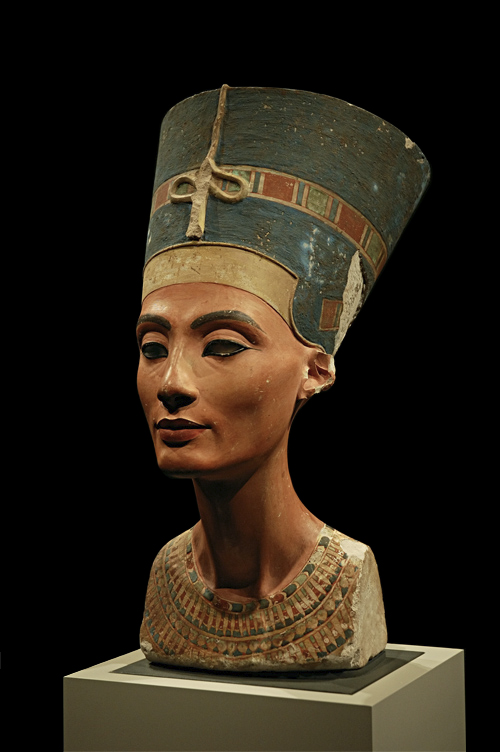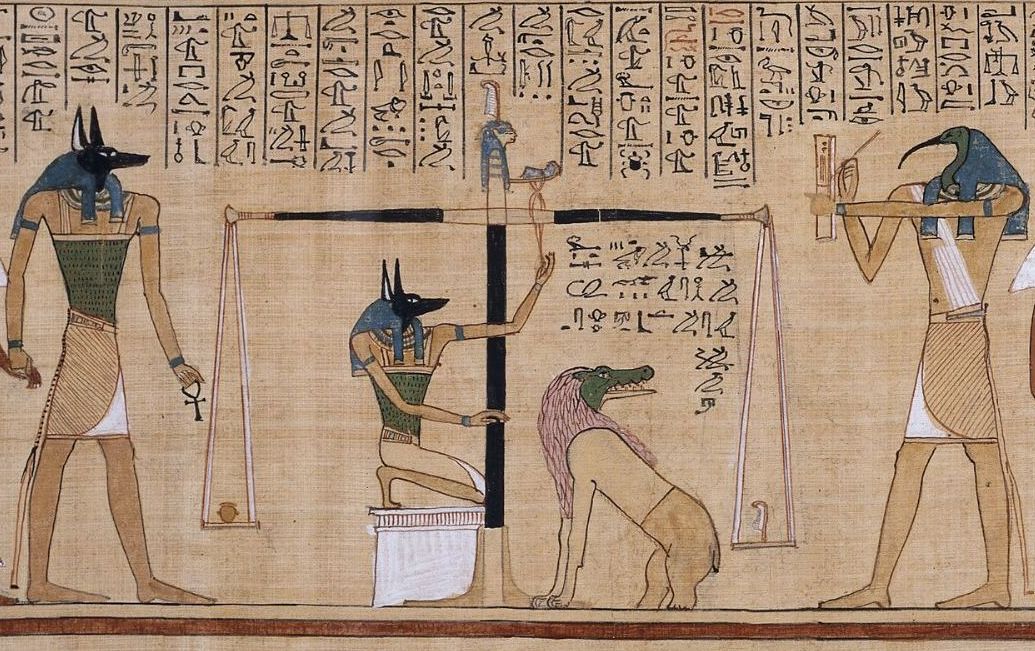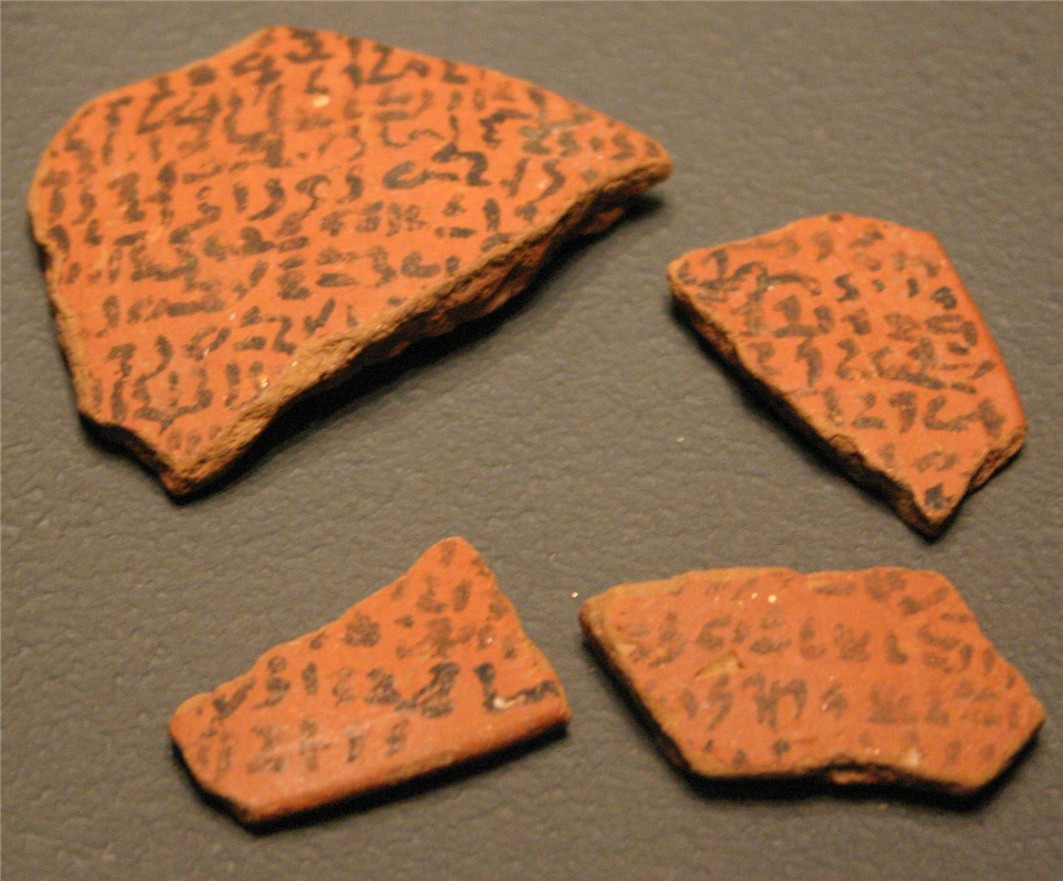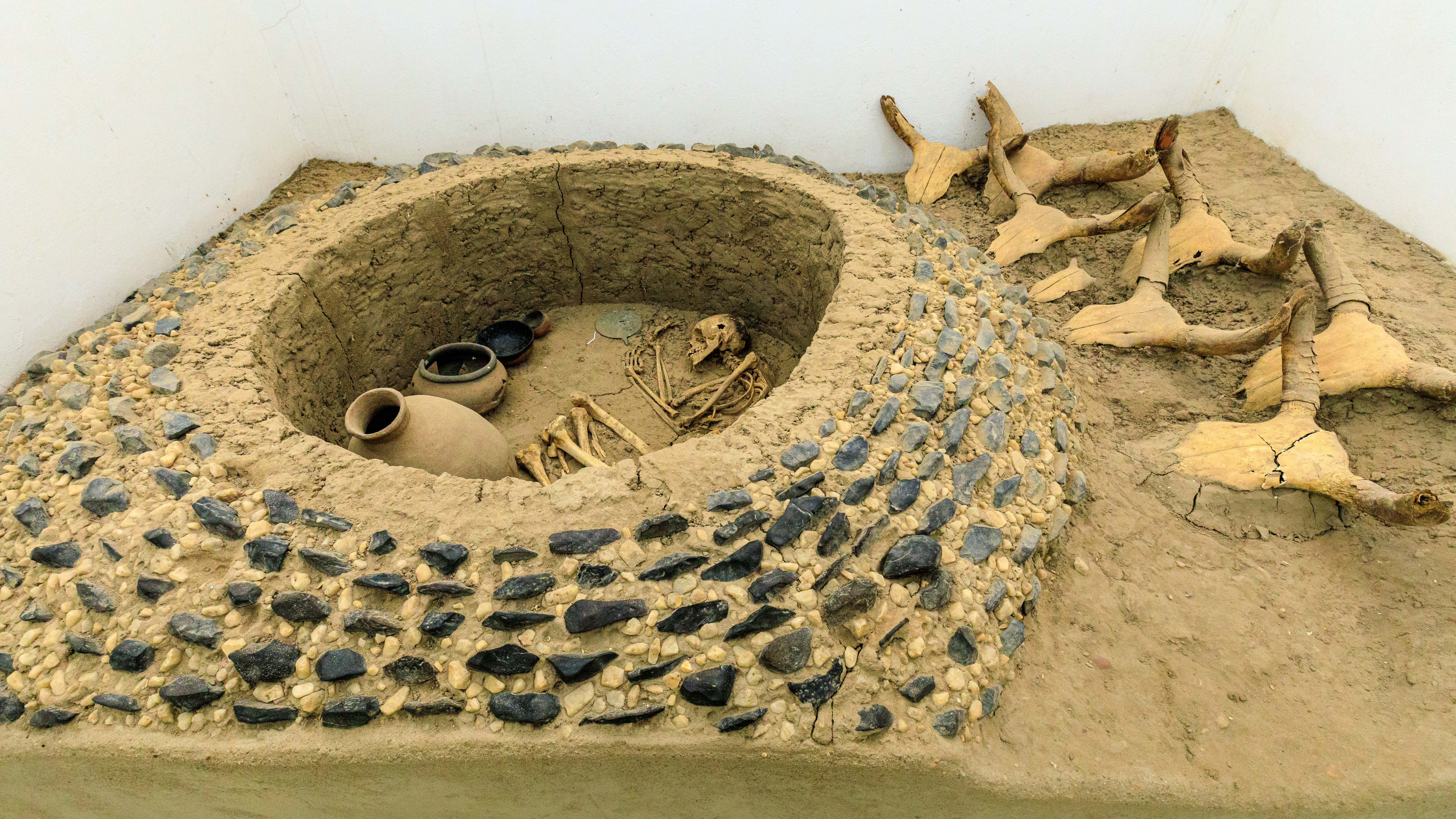|
Meroitic Language
The Meroitic language () was spoken in Meroë (in present-day Sudan) during the Meroitic period (attested from 300 BCE) and became extinct about 400 CE. It was written in two forms of the Meroitic alphabet: Meroitic Cursive, which was written with a stylus and was used for general record-keeping; and Meroitic Hieroglyphic, which was carved in stone or used for royal or religious documents. It is poorly understood, owing to the scarcity of bilingual texts. Name Meroitic is an extinct language also referred to in some publications as Kushite after the apparent attested endoethnonym Meroitic ''qes'', ''qos'' (transcribed in Egyptian as ''kꜣš''). The name ''Meroitic'' in English dates to 1852 where it occurs as a translation of German . The term derives from Latin , corresponding to Greek . These latter names are representations of the name of the royal city of Meroë of the Kingdom of Kush. In Meroitic, this city is referred to as ''bedewe'' (or sometimes ''bedewi''), which ... [...More Info...] [...Related Items...] OR: [Wikipedia] [Google] [Baidu] |
Egyptian Museum Of Berlin
The Egyptian Museum of Berlin (german: Ägyptisches Museum und Papyrussammlung) is home to one of the world's most important collections of ancient Egyptian artefacts, including the iconic Nefertiti Bust. Since 1855, the collection is a part of the Neues Museum on Berlin's Museum Island, which reopened after renovations in 2009. History The museum originated in the 18th century from the royal art collection of the Hohenzollern kings of Prussia. Alexander von Humboldt had recommended that an Egyptian section be created, and the first objects were brought to Berlin in 1828 under King Friedrich Wilhelm III. Initially housed in Monbijou Palace, the department was headed by the Trieste merchant Giuseppe Passalacqua (1797–1865), whose extensive collections formed the basis. A Prussian expedition to Egypt and Nubia led by Karl Richard Lepsius in 1842–45 brought additional pieces to Berlin. In 1850, the collections moved to its present-day home in the Neues Museum, built accor ... [...More Info...] [...Related Items...] OR: [Wikipedia] [Google] [Baidu] |
First Cataract Of The Nile
The Cataracts of the Nile are shallow lengths (or whitewater rapids) of the Nile river, between Khartoum and Aswan, where the surface of the water is broken by many small boulders and stones jutting out of the river bed, as well as many rocky islets. In some places, these stretches are punctuated by whitewater, while at others the water flow is smoother but still shallow. The Six Cataracts Counted going upstream (from north to south): In Egypt: *The First Cataract cuts through Aswan (). Its former location was selected for the construction of Aswan Low Dam, the first dam built across the Nile. In Sudan: *The Second Cataract (or Great Cataract) was in Nubia and is now submerged under Lake Nasser. () *The Third Cataract is at Tombos/Hannek. () *The Fourth Cataract is in the Manasir Desert, and since 2008, is submerged under the reservoir of Merowe Dam. () *The Fifth Cataract is near the confluence of the Nile and Atbarah Rivers. () *The Sixth Cataract is where the Nile cuts ... [...More Info...] [...Related Items...] OR: [Wikipedia] [Google] [Baidu] |
Book Of The Dead
The ''Book of the Dead'' ( egy, 𓂋𓏤𓈒𓈒𓈒𓏌𓏤𓉐𓂋𓏏𓂻𓅓𓉔𓂋𓅱𓇳𓏤, ''rw n(y)w prt m hrw(w)'') is an ancient Egyptian funerary text generally written on papyrus and used from the beginning of the New Kingdom (around 1550 BCE) to around 50 BCE. The original Egyptian name for the text, transliterated ''rw nw prt m hrw'', is translated as ''Book of Coming Forth by Day'' or ''Book of Emerging Forth into the Light''. "Book" is the closest term to describe the loose collection of texts consisting of a number of magic spells intended to assist a dead person's journey through the '' Duat'', or underworld, and into the afterlife and written by many priests over a period of about 1,000 years. Karl Richard Lepsius introduced for these texts the German name ''Todtenbuch'' (modern spelling ''Totenbuch''), translated to English as Book of the Dead. The ''Book of the Dead'', which was placed in the coffin or burial chamber of the deceased, was part of a tr ... [...More Info...] [...Related Items...] OR: [Wikipedia] [Google] [Baidu] |
Kerma
Kerma was the capital city of the Kerma culture, which was located in present-day Sudan at least 5,500 years ago. Kerma is one of the largest archaeological sites in ancient Nubia. It has produced decades of extensive excavations and research, including thousands of graves and tombs and the residential quarters of the main city surrounding the Western/Lower Deffufa. The locale that is now Kerma was first settled around 8350 BC, during the Mesolithic. Between 5550 BC and 5150 BC, the site was mostly abandoned, possibly due to decreased Nile flow during this time interval. A second hiatus in occupation occurred between 4050 BC and 3450 BC, likely as a result of minimal flow from the White Nile. Around 3000 BC, a cultural tradition began around Kerma. It was a large urban center that was built around a large adobe temple known as the Western Deffufa. A state society formed between 2550 BC and 1550 BC, with a significant decrease in cattle breeding being evidenced by the archaeologi ... [...More Info...] [...Related Items...] OR: [Wikipedia] [Google] [Baidu] |
Execration Texts
Execration texts, also referred to as proscription lists, are ancient Egyptian hieratic texts, listing enemies of the pharaoh, most often enemies of the Egyptian state or troublesome foreign neighbors. The texts were most often written upon statuettes of bound foreigners, bowls, or blocks of clay or stone, which were subsequently destroyed. The ceremonial process of breaking the names and burying them was intended to be a sort of sympathetic magic that would affect the persons or entities named in the texts. The fragments were usually placed near tombs or ritual sites. This practice was most common during times of conflict with the Asiatic neighbors of Egypt. Historical periods of execration texts Execration texts are attested from the late Old Kingdom ( 2686–2160 BCE) up into the New Kingdom (c. 1550–1069). The earliest execration texts date to the 6th dynasty (24th–22nd century BCE) during Egypt's Old Kingdom. They are statuettes made from unbaked clay and fashioned ... [...More Info...] [...Related Items...] OR: [Wikipedia] [Google] [Baidu] |
Twelfth Dynasty Of Egypt
The Twelfth Dynasty of ancient Egypt (Dynasty XII) is considered to be the apex of the Middle Kingdom by Egyptologists. It often is combined with the Eleventh, Thirteenth, and Fourteenth dynasties under the group title, Middle Kingdom. Some scholars only consider the 11th and 12th dynasties to be part of the Middle Kingdom. History The chronology of the Twelfth Dynasty is the most stable of any period before the New Kingdom. The Turin Royal Canon gives 213 years (1991–1778 BC). Manetho stated that it was based in Thebes, but from contemporary records it is clear that the first king of this dynasty, Amenemhat I, moved its capital to a new city named "Amenemhat-itj-tawy" ("Amenemhat the Seizer of the Two Lands"), more simply called, Itjtawy. The location of Itjtawy has not been discovered yet, but is thought to be near the Fayyum, probably near the royal graveyards at el-Lisht. The order of its rulers of the Twelfth Dynasty is well known from several sources: two lists ... [...More Info...] [...Related Items...] OR: [Wikipedia] [Google] [Baidu] |
Napata
Napata ( Old Egyptian ''Npt'', ''Npy''; Meroitic ''Napa''; grc, Νάπατα and Ναπάται) was a city of ancient Kush at the fourth cataract of the Nile. It is located approximately 1.5 kilometers from the right side of the river at the site of modern Karima, Sudan. It was the southernmost permanent settlement in the New Kingdom of Egypt (16th–11th centuries BC) and home to Jebel Barkal, the main Kushite cult centre of Amun. It was the sometime capital of the Twenty-fifth Dynasty of Egypt and, after its fall in 663 BC, of the Kingdom of Kush. In 593 BC, it was sacked by the Egyptians and the Kushite capital was relocated to Meroë. Even after this move, Napata continued to be the kingdom's primary religious centre. The city was sacked a second time by the Romans in 23 BC but was rebuilt and continued as an important centre of the Amun cult. The terms "Napata" or "Napatan period" can also refer to the Kushite polity from its rise around 750 BC until 270 BC, when ... [...More Info...] [...Related Items...] OR: [Wikipedia] [Google] [Baidu] |
Kerma Culture
The Kerma culture or Kerma kingdom was an early civilization centered in Kerma, Sudan. It flourished from around 2500 BC to 1500 BC in ancient Nubia. The Kerma culture was based in the southern part of Nubia, or " Upper Nubia" (in parts of present-day northern and central Sudan), and later extended its reach northward into Lower Nubia and the border of Egypt. The polity seems to have been one of a number of Nile Valley states during the Middle Kingdom of Egypt. In the Kingdom of Kerma's latest phase, lasting from about 1700 to 1500 BC, it absorbed the Sudanese kingdom of Sai and became a sizable, populous empire rivaling Egypt. Around 1500 BC, it was absorbed into the New Kingdom of Egypt, but rebellions continued for centuries. By the eleventh century BC, the more-Egyptianized Kingdom of Kush emerged, possibly from Kerma, and regained the region's independence from Egypt. Site The primary site of Kerma that forms the heart of the Kingdom of Kerma includes both an extensive to ... [...More Info...] [...Related Items...] OR: [Wikipedia] [Google] [Baidu] |
Egypt (Roman Province)
, conventional_long_name = Roman Egypt , common_name = Egypt , subdivision = Province , nation = the Roman Empire , era = Late antiquity , capital = Alexandria , title_leader = Praefectus Augustalis , image_map = Roman Empire - Aegyptus (125 AD).svg , image_map_caption = Province of Aegyptus in AD 125 , year_start = 30 BC , event_start = Conquest of Ptolemaic Kingdom , event1 = Formation of the Diocese , date_event1 = 390 , year_end = 641 , event_end = Muslim conquest , life_span = 30 BC – 641 AD , stat_year1 = 1st century AD , stat_pop1 = . , today = Egypt , p1 = Ptolemaic Kingdom , flag_p1 = Ptolemaic-Empire 200bc.jpg , s1 = Sasanian Egypt , flag_s1 = Derafsh Kaviani flag of the late Sassanid Empire.svg , s2 = Rashidun Caliphate , flag_s2 = Mohammad adil-Rashidun-empire-at-its-peak-close.PNG , demonym= Egypt ( ; ) was a subdivision of the Roman Empire fr ... [...More Info...] [...Related Items...] OR: [Wikipedia] [Google] [Baidu] |
Late Period Of Ancient Egypt
The Late Period of ancient Egypt refers to the last flowering of native Egyptian rulers after the Third Intermediate Period in the 26th Saite Dynasty founded by Psamtik I, but includes the time of Achaemenid Persian rule over Egypt after the conquest by Cambyses II in 525 BC as well. The Late Period existed from 664 BC until 332 BC, following a period of foreign rule by the Nubian 25th Dynasty and beginning with a short period of Neo-Assyrian suzerainty, with Psamtik I initially ruling as their vassal. The period ended with the conquests of the Persian Empire by Alexander the Great and establishment of the Ptolemaic dynasty by his general Ptolemy I Soter, one of the Hellenistic diadochi from Macedon in northern Greece. With the Macedonian Greek conquest in the latter half of the 4th century BC, the age of Hellenistic Egypt began. History 26th Dynasty The Twenty-Sixth Dynasty, also known as the Saite Dynasty after its seat of power the city of Sais, reigned from 672 to 5 ... [...More Info...] [...Related Items...] OR: [Wikipedia] [Google] [Baidu] |
Third Intermediate Period Of Egypt
The Third Intermediate Period of ancient Egypt began with the death of Pharaoh Ramesses XI in 1077 BC, which ended the New Kingdom, and was eventually followed by the Late Period. Various points are offered as the beginning for the latter era, though it is most often regarded as dating from the foundation of the Twenty-Sixth Dynasty by Psamtik I in 664 BC, following the departure of the Nubian Kushite rulers of the Twenty-fifth Dynasty after they were driven out by the Assyrians under King Ashurbanipal. The concept of a "Third Intermediate Period" was coined in 1978 by British Egyptologist Kenneth Kitchen. The period was one of decline and political instability, coinciding with the Late Bronze Age collapse of civilizations in the ancient Near East and Eastern Mediterranean (including the Greek Dark Ages). It was marked by division of the state for much of the period and conquest and rule by non-native Egyptians. History Twenty-first Dynasty The period of the T ... [...More Info...] [...Related Items...] OR: [Wikipedia] [Google] [Baidu] |









.jpg)
